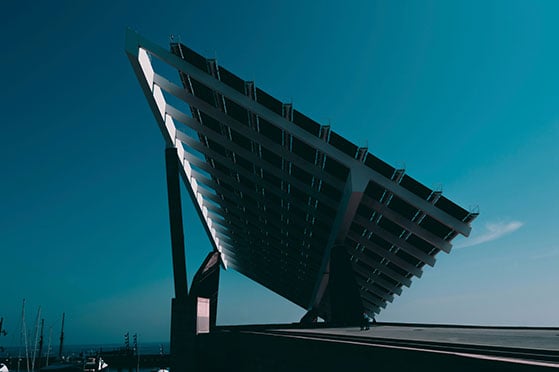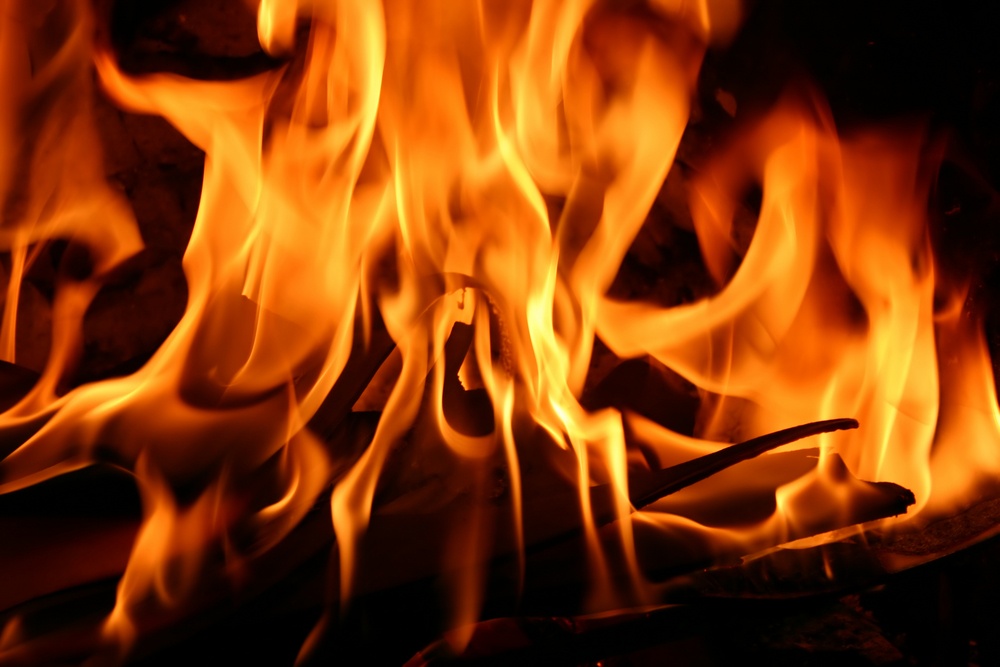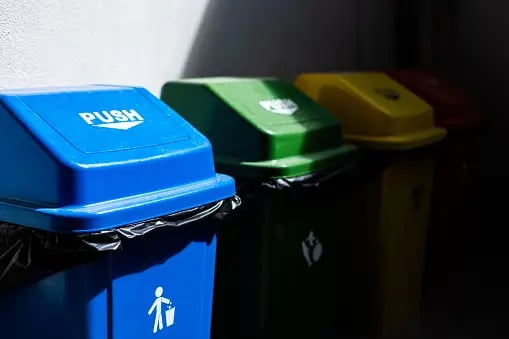
Blog
Energy-from-waste vs. Incineration. What's the difference?
20 September, 2018
/
Waste
,
DEFRA
,
Food Waste
,
Environmental Law and Compliance
,
Climate Action
,

Check out other articles

COP27: Adaptation and Agriculture Day
14 November, 2022 / Waste, Carbon, Climate Change, cop27,
Blog


Unwrapping the truth behind packaging
29 October, 2020 / Waste, Plastics,
Blog




